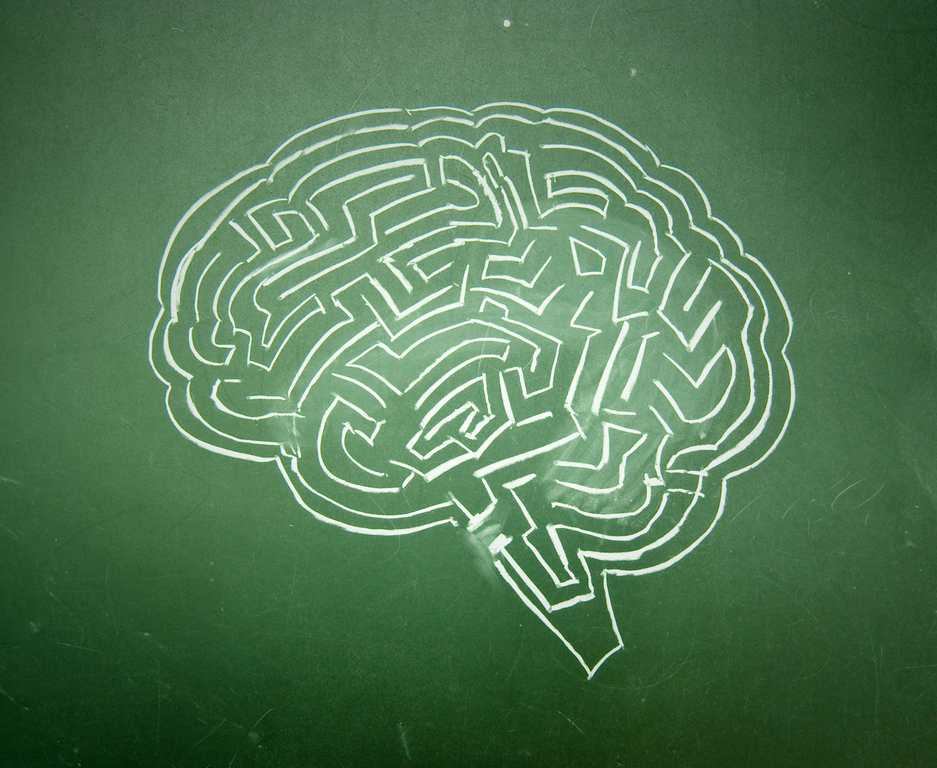Special needs are going unmet in city schools
Ms. Anderson set about getting the necessary services right away. She had meetings and filled out paperwork. The school gave Devin a computer, but months later the family was still waiting for an occupational therapist to help him use it. Ms. Anderson said she then had a meeting with special education officials and was met with blank stares and upturned hands.
They said no paperwork had been received. The frustrated mother leaned over and fished through files on the officials’ desks, picking out the forms. The officials had everything well in advance, but had neglected to take action. Ms. Anderson was told that because of the delay, Devin’s services wouldn’t be ready until September, after school had already started. Plus, the amount of occupational therapy Devin would receive was reduced from eight to six months.
“A lot of things don’t get done right,” Ms. Anderson said. “Unfortunately, in the [Department] of Education the one hand doesn’t know what the other hand is doing. They like to cover up someone who might have made a mistake earlier in a chain.”
Ms. Anderson’s situation is not unique. The delays, lack of adequate service and bureaucracy are common, according to special education experts, lawyers, local teachers and parents, who also claim the Department of Education’s is not giving special education students proper service in an effort to reduce costs, both in the Bronx and throughout the city. Documents obtained from the DOE support their claims.
Under the Individuals with Disabilities Education Act (IDEA), which provides services and support to those identified as disabled, special education is defined as “Specially designed instruction, at no cost to parents, to meet the unique needs of a child with a disability.” IDEA outlines 13 special education categories. Students must fit in to one or more in order to receive special services.
The categories are:
• Autism, categorized by impaired social interaction, repetitive behavior and difficulty communicating.
• Deaf-blindness, where a child has both hearing and visual impairments.
• Deafness.
• Emotional disturbance such as erratic moods, depression, schizophrenia or difficulty with interpersonal relationships.






